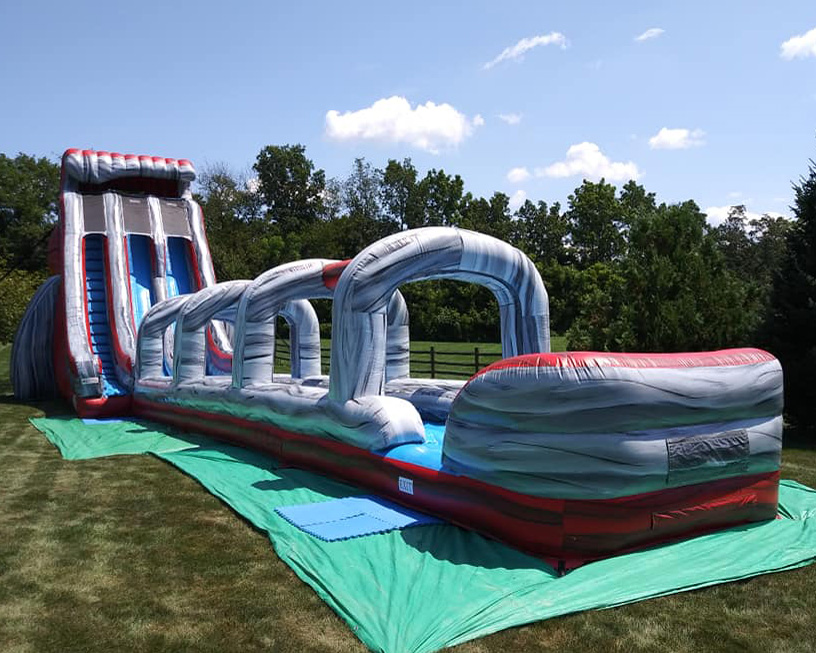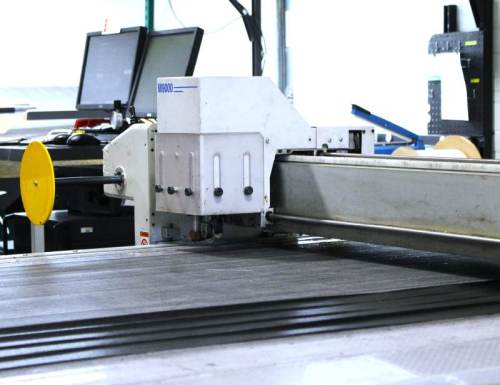Are you struggling to create a cohesive and productive team? Do you find that communication breakdowns and personal conflicts are hindering your team’s success? If so, it may be time to focus on team building solutions to foster collaboration and improve overall performance.
Effective team building is essential for any organization looking to achieve long-term success. Without a strong sense of teamwork and collaboration, projects can become derailed, goals can be missed, and team morale can suffer.
In this article, you will learn about the importance of team building, how to understand your team’s dynamics, effective communication strategies, and how to build trust and respect differences to create a cohesive team culture. With these solutions, you can foster collaboration and create a more productive and successful team.
Contents
The Importance of Team Building
You can’t underestimate the importance of team building – it’s crucial for creating a strong and cohesive group dynamic that can achieve great things together.
When your team members are able to work together effectively, they can achieve their goals more efficiently, reduce stress levels, and foster a positive work environment that promotes creativity and innovation.
Team building is essential for building trust and communication within your team. When your team members trust and respect one another, they’re more open to sharing their ideas and collaborating on projects. This allows for a more diverse range of perspectives, leading to better problem-solving and decision-making.
Moreover, team building activities can help to break down barriers and encourage healthy competition, which can motivate team members to work harder and achieve more.
Ultimately, investing in team building is investing in your team’s success.
Understanding Your Team’s Dynamics
Discovering the dynamics of your team is crucial in creating a cohesive and productive work environment. Each team member brings their own unique strengths, weaknesses, and personality traits to the table. Understanding these dynamics can help you identify potential conflicts and find ways to mitigate them before they become major issues.
One way to gain insight into your team’s dynamics is to conduct periodic team assessments. These assessments can range from simple surveys to more in-depth interviews and focus groups. The goal is to gather information about how team members communicate, collaborate, and solve problems.
Armed with this information, you can develop strategies to build on your team’s strengths and address any weaknesses. By taking the time to understand your team’s dynamics, you can create a more harmonious and effective work environment for everyone.
Communication Strategies for Effective Collaboration
Communication is key to successfully working with others, and using clear and concise language can help everyone understand their role in the project. When collaborating with a team, it’s important to establish communication strategies that work for everyone involved.
This can include regular check-ins, clear expectations for response times, and using tools like shared calendars or project management software to keep everyone on the same page.
Another important aspect of effective communication in team collaboration is active listening. This means not only hearing what others are saying, but also taking the time to understand their perspective and asking clarifying questions.
By actively listening, you can ensure that everyone feels heard and valued, which can lead to greater trust and a stronger team dynamic. Remember, effective communication is a two-way street, so make sure to also express your own thoughts and ideas clearly and respectfully.
Building Trust and Respecting Differences
It’s important to recognize and embrace differences in order to build a strong foundation of trust within your team. Respecting and valuing each team member’s unique perspectives, experiences, and skills can lead to more effective problem-solving and collaboration.
It’s also important to acknowledge that conflicts may arise when working with people who have different backgrounds and personalities, but it’s crucial to approach these conflicts with an open mind and a willingness to understand and compromise.
Building trust within a team also requires transparency and honesty. Be open about your strengths and weaknesses, as well as your goals and concerns. Encourage your team members to do the same. This level of vulnerability can help foster a sense of mutual respect and accountability.
Remember that trust takes time to build, but it’s essential for a successful and productive team. By respecting differences and building trust, your team can work together more effectively and achieve its goals.
Creating a Cohesive Team Culture
To create a tight-knit team culture, you need to make sure everyone’s on the same page and working towards the same goals. This requires effective communication and a shared understanding of what the team is trying to achieve.
As a leader, it’s your responsibility to set clear expectations and provide regular feedback to ensure everyone is aligned and working together towards the same objectives.
One way to create a cohesive team culture is through team building activities and social events. Providing opportunities for your team to bond outside of work can help build trust and foster relationships between colleagues.
This can lead to a more positive working environment, where individuals are more likely to support each other and work collaboratively towards shared goals. Remember, a strong team culture is essential for achieving success and maintaining a happy and healthy workplace.
Conclusion
So, there you have it! Team building is crucial for any organization that wants to achieve success.
By understanding your team’s dynamics, communicating effectively, building trust, and respecting differences, you can create a cohesive team culture that fosters collaboration and productivity.
It’s not just about having a group of people work together, but rather creating a positive and supportive environment where everyone can thrive.
Remember, effective team building is an ongoing process. It requires commitment and effort from everyone involved. But by investing in your team, you’ll see the results in the form of improved performance, increased employee satisfaction, and a stronger sense of camaraderie.
So, what are you waiting for? Get started on building your dream team today!










